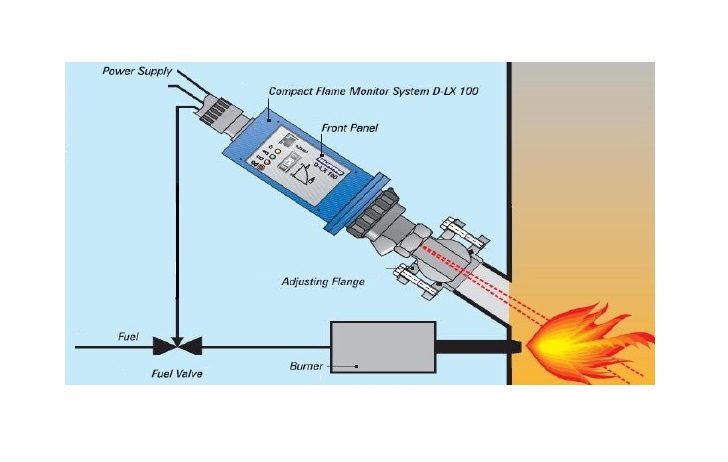Fired Heater Stable Flames
Flame stability and safety inside fired heaters and furnaces
Inside a Cabin Fired Heater with Horizontal Tubes
Maintaining a stable flame is essential to ensuring overall safety, reliability and stable emissions during fired heater operation. Unstable flames can lead to incomplete fuel combustion, which can result in an accumulation unburnt fuel and an explosive atmosphere within the heater. Of course, this explosive atmosphere can have catastrophic consequences, threatening the lives of operators and huge financial losses to the operating company.
In some cases, unstable flames may make contact with the tubes directly, overheating the tubes and eventually leading to their failure, which can also have extremely devastating consequences.
Ultimately, unstable flames are the result of unsteady combustion conditions whereby either the fuel or air supply is disrupted or imbalanced in some way. There are a number of ways in which the fuel and/or combustion air supply may be disrupted, which include:
- Blockage or damage in fuel tips at the burner
- Disruption or blockage in the combustion air duct
- Fouling or blockage in fuel supply pipeline
- Faulty control valves
- Fault within the combustion control logic
Safety Protection against unstable flames
Modern Fired Heaters and Furnaces built today will likely include flame scanners to continually monitor the flames of each burner during operation. If the scanner detects a loss of flames, the Burner Management System (BMS) will automatically shutdown the fuel supply to the particular faulty burner.
Main Burner Flame Scanner Detector
This system is great in the event of flame loss (i.e. whereby the flame instability results in flame loss), but actually doesn’t protect whereby the flame becomes unstable but doesn’t extinguish. Detection of this situation is harder to detect, but some instruments may tell us that something is not quite right with the combustion. For example, the combustion instability may be reflected in the following items:
- CO analyser
- O2 Analyser
- NOx Analyser
The poor combustion conditions associated with flame instability often results in the production of Carbon Monoxide (CO), Nitrogen Oxides (NOx) and excessive or insufficient residual Oxygen.
Therefore, careful monitoring of these analysers can indicate whether there is an issue with combustion. Ideally, this monitoring should be done alongside ‘good old fashioned’ routine observation of the flame where possible, to ensure the shape, colour and vigour of the flame remains stable and suitable.
If you need any assistance with your heater project, please feel free to get in touch

